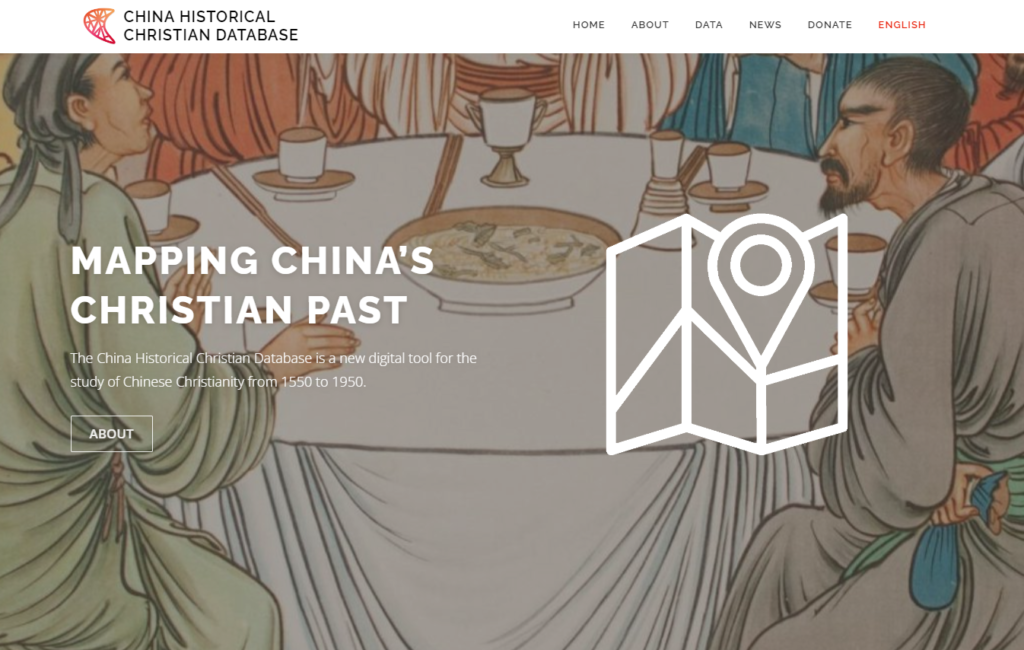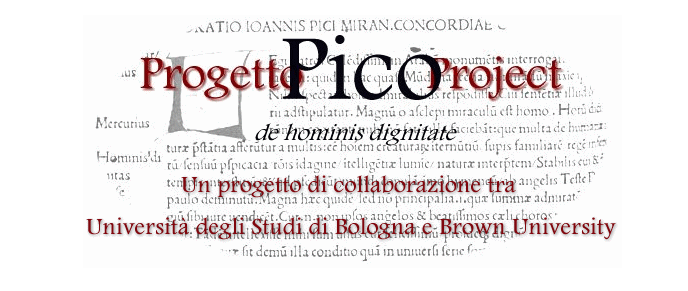
AGAPE is a new open-access database which maps the reception of the Greek Church Fathers in print throughout early modern Europe from 1465 to 1600, in the original language, as well as in Latin and vernacular translations. It refines available data and substantially improves their level of detail: not only does it link each work to the ID of the Clavis Patrum Graecorum (CPG), the standard authority in the field, but also thoroughly describes all contents (text as well as paratext) and strictly relies on the analysis of at least one copy of each edition.









